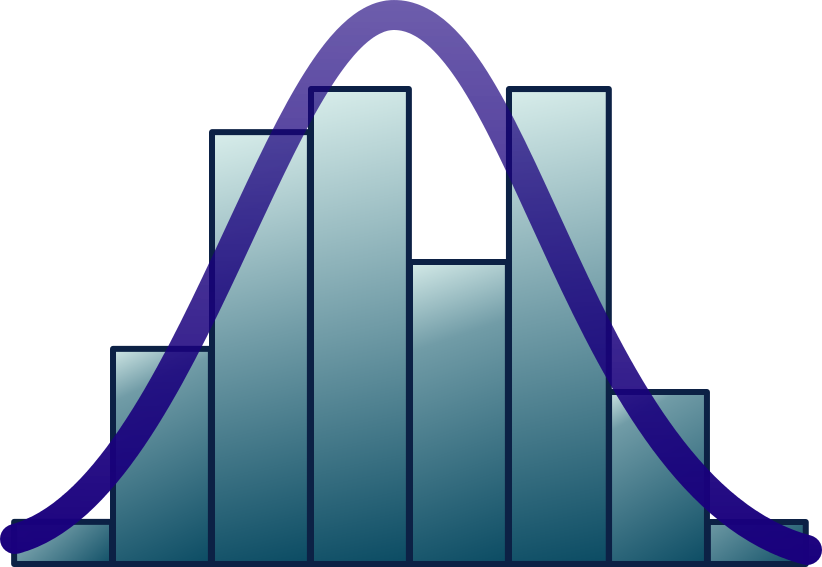5.12: Introduction to Statistical Thinking
- Page ID
- 59852
What you’ll learn to do
Define basic elements of a statistical investigation

Once a psychologist has performed an experiment or study and gathered her results, she needs to organize the information in a way so that she can draw conclusions from the results. What does the information mean? Does it support or reject the hypothesis? Is the data valid and reliable, and is the study replicable?
Psychologists use statistics to assist them in analyzing data, and also to give more precise measurements to describe whether something is statistically significant. Analyzing data using statistics enables researchers to find patterns, make claims, and share their results with others. In this section, you’ll learn about some of the tools that psychologists use in statistical analysis.
- Define reliability and validity
- Describe the importance of distributional thinking and the role of p-values in statistical inference
- Describe the role of random sampling and random assignment in drawing cause-and-effect conclusions
- Describe the basic structure of a psychological research article
- Describe replication and its importance to psychology
Licenses and Attributions
CC licensed content, Original
- Outcome introduction. Authored by: Lumen Learning. License: CC BY-SA: Attribution-ShareAlike
- histogram. Authored by: Fisher's Iris flower data set. Provided by: Wikipedia. Located at: https://en.wikipedia.org/wiki/Wikipedia:Meetup/DC/Statistics_Edit-a-thon#/media/File:Fisher_iris_versicolor_sepalwidth.svg. License: CC BY-SA: Attribution-ShareAlike

